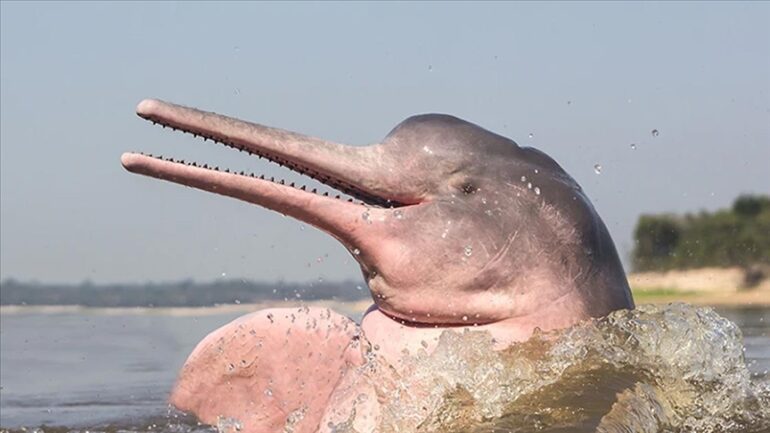TL;DR:
- Scientists conducted a study to monitor endangered dolphin species in the Amazon using AI technology.
- Microphones are placed in the Mamiraua reserve to capture dolphin sounds.
- Artificial neural networks classify dolphin sounds in real-time, enabling precise monitoring of their movements.
- The study aids in conserving these endangered species and promotes coexistence with local communities.
Main AI News:
In a groundbreaking initiative, scientists have embarked on a pioneering study to monitor the activities of two endangered dolphin species with the aid of artificial intelligence (AI). Spearheaded by the Catalonia Technical University in Barcelona, in collaboration with the esteemed Mamiraua Sustainable Development Institute in the heart of the Amazon, this research aims to detect and analyze the vocalizations of dolphins within the vast Amazon River.
To achieve this ambitious undertaking, researchers strategically positioned an array of specialized microphones within the Mamiraua reserve, an ecological haven nestled in the northern reaches of Brazil. These sophisticated devices served as keen ears, eagerly listening to the aquatic symphony that unfolded beneath the river’s surface.
The captured audio data was then funneled into an innovative artificial neural network, an AI marvel that emulates the intricacies of the human brain. This advanced system possesses an uncanny ability to discern and classify dolphin vocalizations in real-time, expertly distinguishing them from ambient background noises such as rain patter and the rumble of boat engines.
By leveraging the power of artificial intelligence, scientists gained an unprecedented opportunity to closely monitor the movements and behaviors of dolphins. This technology’s exceptional proficiency in differentiating their unique sounds from other environmental sounds has paved the way for a revolutionary understanding of their daily lives.
The implications of this groundbreaking study are profound, as it could play a pivotal role in safeguarding these magnificent creatures. Alarming statistics reveal that the population of humpback dolphins in the river estuary dwindles by a staggering 50% every nine years, while their pink river dolphin counterparts suffer a similar fate, with a 50% decline occurring every ten years.
Pinpointing the precise locations of these endangered dolphins is crucial in formulating effective conservation strategies. By identifying their habitats and migration patterns, researchers and policymakers can devise measures that foster harmonious coexistence between local communities and these awe-inspiring aquatic beings.
Conclusion:
The application of AI technology in tracking endangered dolphins represents a significant step forward for both environmental conservation and scientific research. The ability to accurately monitor their behaviors and movements using advanced artificial neural networks opens new avenues for understanding and protecting these remarkable creatures. From a market perspective, this cutting-edge research highlights the growing potential of AI solutions in addressing complex ecological challenges and underscores the importance of sustainable practices in various industries. Businesses and investors should take note of the opportunities arising from AI-driven initiatives for wildlife conservation and consider supporting such endeavors to align with the global shift towards environmental responsibility and preservation.

